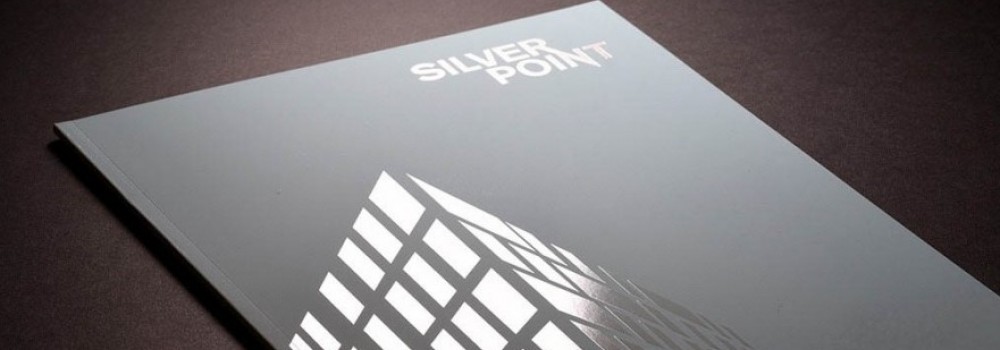Spot UV and foiling are two great ways to add a fresh and exciting finish to your print materials. If you’re not sure what they are or why you should consider using them, we’ll explain everything you need to know below.
What is foil printing?
Foil printing offers a real standout finish to create a high-end look for marketing material, best used in small areas to establish an eye-catching contrast. You will often see foiling used on logos and text to make it standout against a matt background.
The process involves applying a metallic foil to the surface of the material using heat and pressure, creating a decorative finish. Use it on leaflets, business cards, booklets and a variety of other print literature.
What are the best foiling colours?
The most common type of foiling colours are silver, copper and gold, creating a classic finish for any number of print materials. However, you also have the option to use red, blue and green, depending on the aesthetic of your design – with these colours usually good choices for festive periods and specific marketing campaigns.
Why should I use foil printing?
Foil printing offers the following benefits:
- Make an impression: First impressions count and foil printing ensure you make a fast and lasting impression on customers so you stand out from your competition.
- High-end finish: Foil printing offers a cost effective way to give a premium edge to your brand, making it look and feel more exclusive.
- Special designs: Too many designs look the same and it can prove difficult to do something unique, but foil printing can be used on logos, text and anywhere else to create something exciting and unique.
What is spot UV printing?
Similar to foil printing, you get the most from UV printing by applying it to small areas of your design. Depending on the amount of gloss used spot UV is raised or flat on the print material, adding a textured finish that is both fantastic to look at and enticing for customers to engage with.
When applying spot UV a thin layer of UV gloss is layered onto the material and bound in place using high temperatures, before a UV light is used to dry it in place. Spot UV looks great on things like presentation folders, business cards, flyers and much more.
Which is the best type of spot UV to use?
The adaptability of spot UV makes it a perfect choice for a wide range of promotional and marketing materials. Two of the most popular types are raised spot UV, which lifts the specified area of print higher from the surface, adding a special feel customers will love, or low spot UV, which lays lower to the material but feels just as amazing.
Why should I use spot UV?
Adding spot UV to your print material ensures you can:
- Create standout designs: Spot UV is a great print tool that adds another layer to your design creativity, making a highly impressive aesthetic you’ll want to use time and again.
- Focus on specific areas: Whether you used low or raised spot UV it’s best applied to small areas of the design to stand out in contrast, be it a logo, text or another specific area.
- Add value to your brand: The simple application of spot UV can change the perception customers have of your brand, creating an entirely new impression about what you can offer them.
At Printech Express, we specialise in business printing for businesses across the UK. We can provide custom printed materials to match your exact requirements, in a variety of sizes and finishes including Spot UV and Foiling. Our friendly team can talk you through all the printing options via Email or over the phone on 01245 506066.

